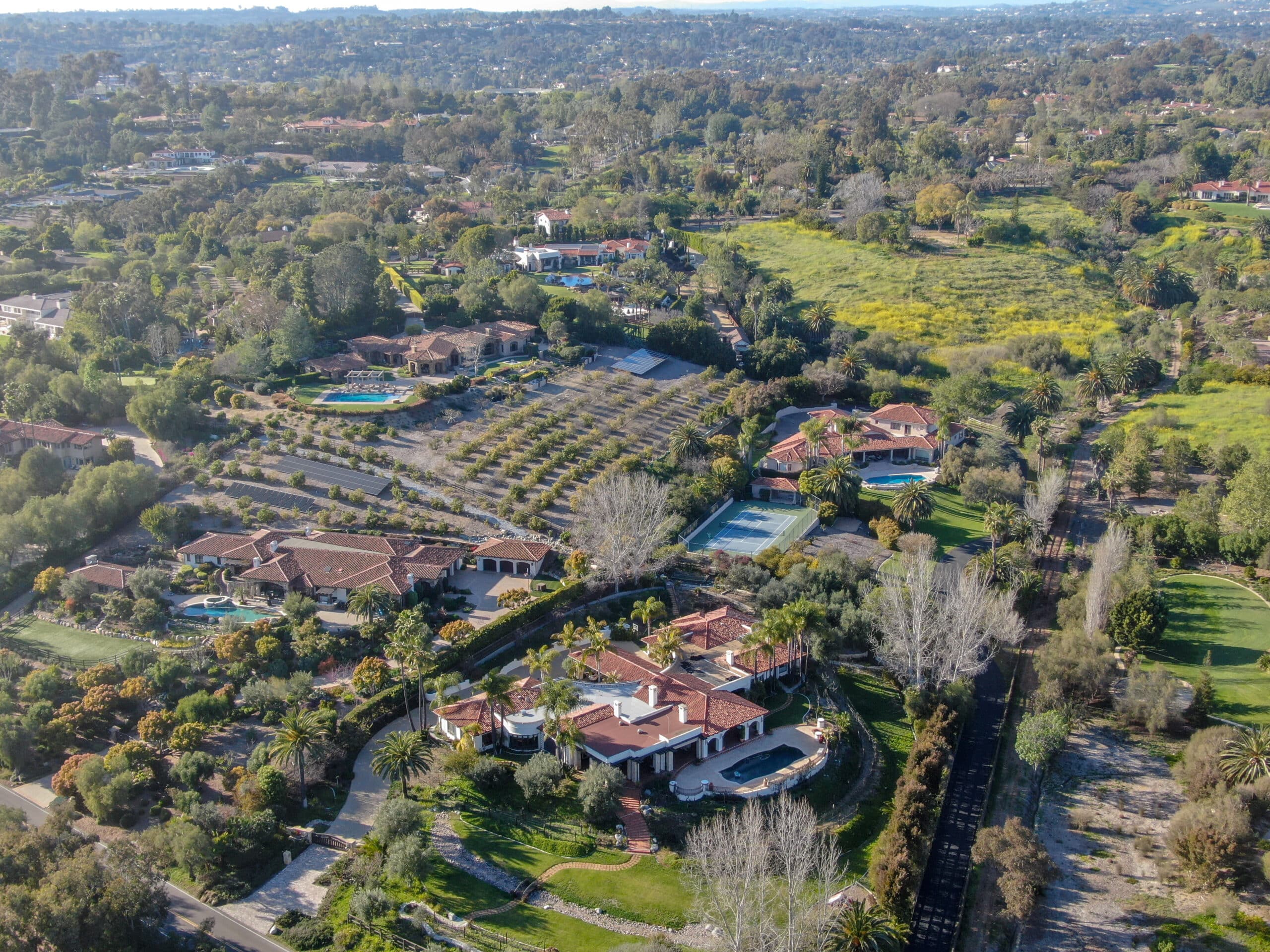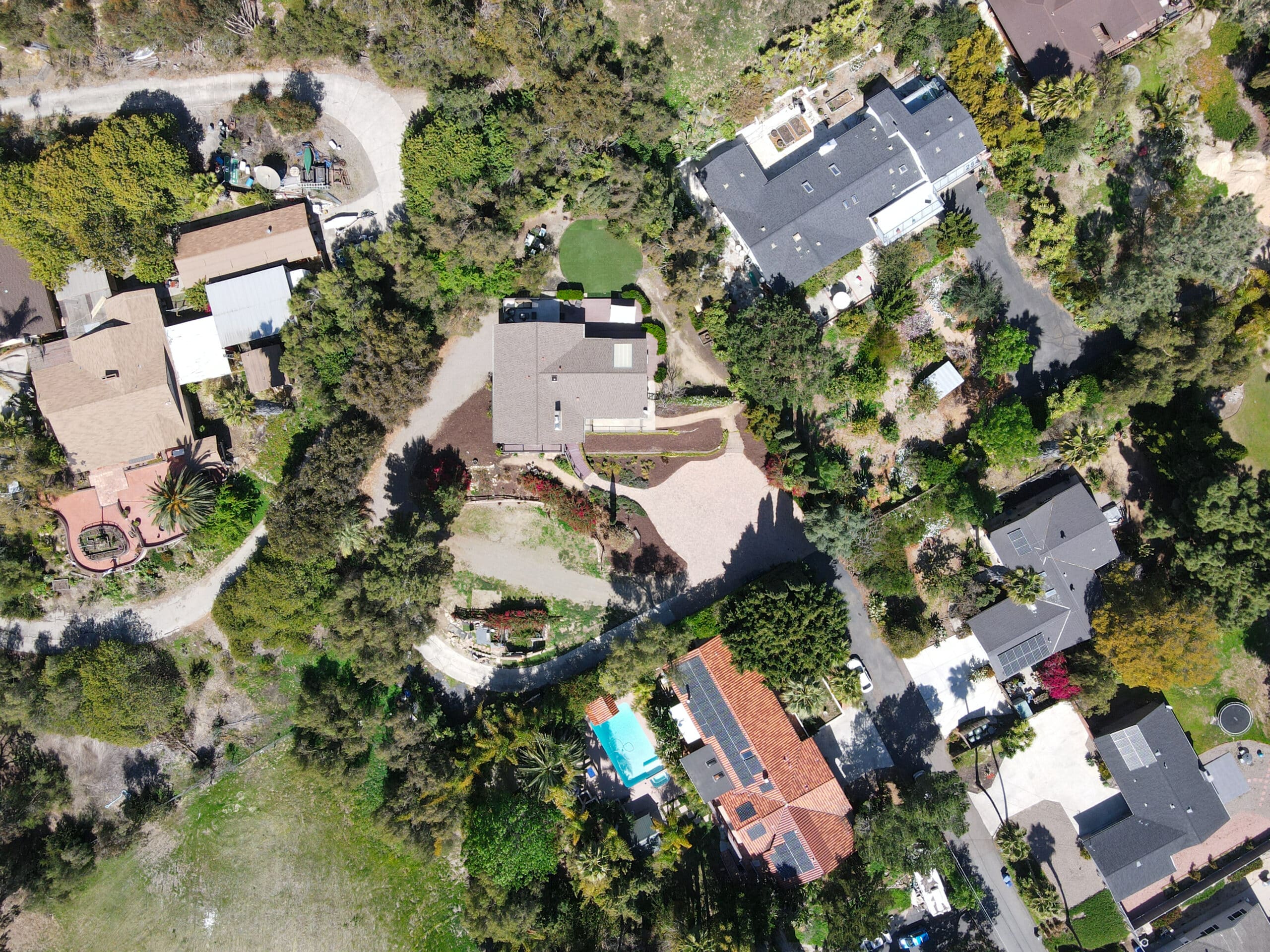Estimated reading time: 12 minutes
In an era of unpredictability, the significance of robust private security services cannot be overstated. This comprehensive guide delves into the multifaceted world of private security, offering an in-depth exploration of the strategies, technologies, and methodologies that define this critical industry. Designed for professionals aiming for the highest echelons of safety and security, this guide traverses through the various dimensions of private security services, setting new benchmarks in protection and vigilance. From advanced surveillance techniques to the nuanced understanding of threat assessment, each section of this guide is meticulously crafted, offering actionable insights and a roadmap to an impregnable security posture.
Table of contents
- The Anatomy of Modern Private Security Services
- Comprehensive Risk Assessment and Management
- Advanced Surveillance and Intelligence Gathering
- Elite Protection Services: Personnel and Protocols
- Secure Transportation and Logistics
- Crisis Management and Emergency Response
- Legal and Ethical Considerations in Private Security
- Conclusion
The Anatomy of Modern Private Security Services
Evolution and Scope of Private Security Services
In the early days, private security was a rudimentary service primarily focused on safeguarding physical assets. However, the evolution of threats and the sophistication of adversaries have drastically transformed the industry. Today, private security services encompass a broad spectrum, extending beyond mere physical presence to incorporate technological prowess and strategic acumen. The scope now includes cybersecurity, threat intelligence, risk assessment, and even geopolitical analysis, catering to the complex needs of high-profile individuals, corporate entities, and sensitive installations. This expansion reflects a paradigm shift, where the notion of security transcends physical boundaries, demanding a holistic and proactive approach to threat anticipation and response.
Integration of Advanced Technologies
Integrating technology into private security services marks a pivotal transition from traditional methods to more advanced, proactive measures. Cutting-edge technologies such as AI-driven surveillance systems, biometric access controls, and drone monitoring have redefined perimeter security and asset protection. These technologies enhance the ability to monitor and respond to incidents and predict and mitigate potential threats. Using big data analytics in assessing risk patterns, deploying smart alarms that provide real-time alerts, and adopting encrypted communication channels underscores the industry’s commitment to fortifying security measures with technology. This section explores the various technological integrations and how they collectively elevate the standards and efficacy of private security services.
Professional Training and Skill Development
The backbone of any esteemed private security service is its personnel. The importance of rigorous professional training and continuous skill development cannot be overstated. This section delves into the comprehensive training regimes designed to prepare security professionals for the vast array of scenarios they might face. The curriculum is exhaustive, evolving from physical fitness and combat training to crisis management and negotiation skills. Moreover, emphasizing soft skills such as communication, empathy, and situational awareness ensures that security personnel are enforcers and custodians of peace and order. Incorporating regular drills and simulations and studying emerging security trends ensures that the personnel are not just reacting to threats but are always several steps ahead.
Comprehensive Risk Assessment and Management
Identifying and Analyzing Potential Threats
A robust risk assessment framework lies at the core of effective private security services. This process begins with identifying potential threats, from physical attacks and theft to cyber breaches and insider threats. A meticulous analysis of the environment, assets at risk, and possible adversaries is essential. This section delves into the methodologies employed in threat identification, including intelligence networks, surveillance systems, and public domain information. The role of predictive analytics and threat modeling in understanding and anticipating threats before they materialize is also explored, highlighting how a proactive stance in threat identification significantly enhances security readiness.
Strategic Security Planning and Implementation
Once potential threats are identified and analyzed, the next crucial step is strategic security planning and implementation. This involves designing a comprehensive security blueprint that aligns with the specific needs and vulnerabilities of the client. This section examines the process of developing tailored security plans, which includes determining the optimal mix of personnel, technology, and protocols. The focus is creating a seamless and integrated security infrastructure that can respond dynamically to changing threat landscapes. Topics such as contingency planning, resource allocation, and the importance of adaptability in security planning are covered, underscoring the need for a strategic, forward-thinking approach to implementing security measures.
Continuous Monitoring and Incident Response
The efficacy of a security plan is not just in its design but in its execution and adaptability. Continuous monitoring of the security infrastructure is paramount to detect and respond to incidents promptly. This section focuses on the mechanisms and technologies used for 24/7 surveillance and monitoring, including the role of central command centers, real-time alert systems, and crisis management teams. The protocols for incident response are discussed, emphasizing the need for a swift, coordinated approach that effectively minimizes damage and neutralizes threats. The significance of post-incident analysis and feedback loops is also highlighted, illustrating how lessons learned from incidents are integrated into the security strategy, ensuring a dynamic, evolving security posture.
Advanced Surveillance and Intelligence Gathering
State-of-the-Art Surveillance Technologies
In private security, surveillance acts as the eyes and ears, providing a continuous stream of information crucial for maintaining a secure environment. This section explores the latest advancements in surveillance technology, including high-definition CCTV networks, thermal and night vision cameras, and motion detection systems. Integrating artificial intelligence and machine learning in these systems is revolutionizing how security teams monitor spaces, enabling the recognition of suspicious behaviors and patterns that would otherwise go unnoticed. The role of drone technology and its capacity to provide aerial surveillance, offering a bird’s eye view of large areas, is also discussed. This comprehensive overview demonstrates how cutting-edge technology is essential in maintaining an omnipresent watch over protected assets.
Intelligence Gathering and Analysis
Beyond surveillance, the gathering and analysis of intelligence play a pivotal role in preemptive security strategies. This section sheds light on the sophisticated mechanisms employed in gathering actionable intelligence. It covers the spectrum of intelligence sources, from human informants and undercover operations to cyber intelligence and social media monitoring. The process of sifting through vast amounts of data to identify potential threats and vulnerabilities is explored, highlighting the importance of advanced analytical tools and algorithms. The ability to synthesize information from diverse sources into coherent, actionable insights allows security services to anticipate and neutralize threats before they materialize, marking a shift from reactive to proactive security measures.
Integrating Surveillance and Intelligence for Comprehensive Coverage
The most effective security strategies integrate surveillance and intelligence in a cohesive framework. This section discusses how surveillance data and intelligence insights form a comprehensive security blanket. Communication and information sharing among various components of the security apparatus are emphasized. The role of centralized control rooms as decision-making hubs, where streams of surveillance data and intelligence reports converge, is examined. Additionally, the section highlights how technology, such as integrated security software and communication systems, facilitates the seamless flow of information, ensuring that every component of the security strategy is informed and in sync. This integrative approach ensures that private security services are robust, responsive, and always a step ahead of potential threats.
Elite Protection Services: Personnel and Protocols

Selection and Training of Elite Protection Officers
Elite protection services hinge on the capabilities and preparedness of the personnel at the forefront. This section delves into the rigorous selection process for elite protection officers, highlighting the stringent criteria that candidates must meet. The importance of a diverse skill set, including physical fitness, tactical expertise, and crisis management abilities, is emphasized. The training regimen for these officers is explored in depth, showcasing how it prepares them for the myriad challenges they might face. The curriculum covers physical and combat training and focuses on advanced skills such as behavioral analysis, situational awareness, and emergency medical response. This comprehensive approach ensures that the officers are not just guards but highly skilled professionals capable of providing unparalleled protection.
Advanced Protection Protocols and Strategies
Executing advanced protection protocols and strategies is vital once the elite protection officers are on the ground. This section examines the methodologies employed in close protection services, including risk assessment, route planning, and crowd control techniques. The use of advanced communication tools and coordination with local law enforcement agencies is discussed, highlighting the importance of a collaborative approach to security. The protocols for different scenarios, such as public appearances, private gatherings, and international travel, are explored, demonstrating elite protection services’ adaptability and foresight. This section underscores the strategic planning and meticulous execution that form the core of elite protection services, ensuring high-profile clients’ safety and peace of mind.
Maintaining Discretion and Client Privacy
A hallmark of elite protection services is the ability to provide stringent security while maintaining discretion and respecting client privacy. This section discusses the measures taken to ensure that the presence and operations of protection officers are unobtrusive and do not impinge on the client’s lifestyle or public image. The importance of confidentiality agreements and the ethical standards upheld by protection officers are highlighted. Additionally, technology and strategies to maintain a low profile, such as unmarked vehicles and covert protection techniques, are explored. This commitment to discretion and privacy enhances the comfort and normalcy of the client’s life and adds a layer of security, as it minimizes attention and reduces potential threats.
Secure Transportation and Logistics
Armored Vehicles and Secure Mobility Solutions
Secure transportation is a critical component of private security services, ensuring the safe movement of individuals and assets. This section delves into armored vehicles and secure mobility solutions, highlighting their role in providing impenetrable protection while on the move. The design and features of armored vehicles, including bulletproof glass, reinforced frames, and advanced communication systems, are explored in detail. The adaptation of these vehicles to various threat levels and environments is discussed, showcasing their versatility and effectiveness in ensuring safe transit. Integrating technology, such as GPS tracking and remote monitoring, enhances the security of these vehicles, making them a mobile fortress against potential threats.
Route Planning and Threat Assessment for Convoys
Strategic route planning and thorough threat assessment are paramount for the security of convoys. This section examines the meticulous process of planning and securing travel routes for high-profile individuals and valuable assets. The importance of intelligence gathering and reconnaissance in identifying potential threats along the route is emphasized. The collaboration with local law enforcement and security agencies for real-time information and support is discussed, showcasing the comprehensive approach to secure transportation. The section also explores contingency planning, including alternate routes and emergency protocols, ensuring that the convoy is prepared for any scenario and can adapt swiftly to unforeseen challenges.
Professional Drivers and Security Personnel
The final layer of secure transportation lies in the expertise and preparedness of the professional drivers and accompanying security personnel. This section highlights the rigorous training and qualifications required of drivers who operate armored vehicles and partake in secure convoys. The advanced driving skills, including defensive driving, evasion techniques, and situational awareness, are explored, showcasing the drivers’ ability to navigate challenging scenarios. The coordination between drivers and security personnel is discussed, emphasizing the teamwork and communication required for a seamless security operation. These professionals’ role in maintaining the convoy’s integrity and ensuring the safe arrival of individuals and assets at their destination is underscored, showcasing their critical role in the broader private security framework.
Crisis Management and Emergency Response
Preparation and Training for Crisis Situations
Effective crisis management is a cornerstone of private security services, ensuring clients are protected even in the most unforeseen and tumultuous situations. This section delves into the rigorous preparation and training regimes that form the backbone of any robust crisis management strategy. It highlights the comprehensive drills and simulation exercises that security personnel undergo, designed to prepare them for various crisis scenarios, including natural disasters, terrorist attacks, and medical emergencies. Continuous training and skill enhancement are emphasized, ensuring that security teams are prepared to respond to crises and adept at minimizing their impact.
Real-Time Crisis Management and Decision Making
In the heat of a crisis, timely decision-making and effective management are critical to safeguarding lives and assets. This section examines the protocols and strategies that come into play during crisis events. It explores in detail the role of centralized command centers in coordinating the response, using advanced communication systems to ensure information flow, and deploying specialized response teams. The decision-making process, often under immense pressure and time constraints, is discussed, highlighting the importance of a calm, strategic approach based on thorough preparation and situational awareness.
Post-Crisis Recovery and Analysis
Once the immediate threat of a crisis has subsided, the focus shifts to recovery and analysis. This section discusses the steps to return to normalcy, assess the damage, and support affected individuals. The importance of psychological support and counseling for trauma victims is underscored, acknowledging the human aspect of crises. Furthermore, a thorough analysis of the crisis and the response is conducted, identifying lessons learned and areas for improvement. This process of reflection and learning ensures that every situation, however unfortunate, contributes to strengthening security services, refining protocols, and enhancing preparedness for future incidents.
Legal and Ethical Considerations in Private Security
Adhering to Legal Frameworks and Regulations
The private security sector operates within a complex legal landscape, navigating myriad laws and regulations that vary across jurisdictions. This section delves into the importance of strict adherence to legal frameworks in providing private security services. It highlights the need for security firms to stay abreast of local, national, and international laws, including those related to privacy, use of force, and labor standards. The role of legal compliance in maintaining the legitimacy and reputation of security services is underscored, showcasing how legal expertise is as crucial as operational proficiency in private security.
Upholding Ethical Standards and Client Trust
Beyond legal compliance, maintaining high ethical standards is fundamental to the success and credibility of private security services. This section explores the moral considerations that govern the conduct of security personnel and the operation of security firms. Issues such as client confidentiality, conflict of interest, and respect for human rights are examined. The importance of ethical training and a solid organizational culture in fostering integrity and professionalism is discussed. This focus on ethics ensures the trust and respect of clients and contributes to the integrity and social responsibility of the private security industry.
Navigating the Challenges of Global Operations
For private security firms operating on a global scale, the challenges are magnified by the diversity of legal and cultural landscapes. This section addresses the complexities of providing private security services across different countries and regions. It discusses the intricacies of international law, the importance of cultural sensitivity and understanding, and the logistical challenges of global operations. The strategies employed by top-tier security firms to manage these challenges, such as forming partnerships with local entities, hiring local experts, and continuous training on international protocols, are explored. This global perspective underscores the adaptability and resourcefulness required to maintain the highest standards of security services, regardless of geographical boundaries.
Conclusion
In conclusion, this comprehensive guide has traversed the multifaceted landscape of private security services, elucidating the advanced strategies, state-of-the-art technologies, and intricate methodologies that epitomize the industry. From the evolution and integration of technology in modern security operations to the meticulous planning and execution of secure transportation, each component plays a pivotal role in creating an impregnable security posture. The guide has underscored the paramount importance of professional training, crisis management, and the ethical and legal responsibilities that underpin the industry, emphasizing that security is not merely a service but a sophisticated blend of vigilance, readiness, and discretion.












